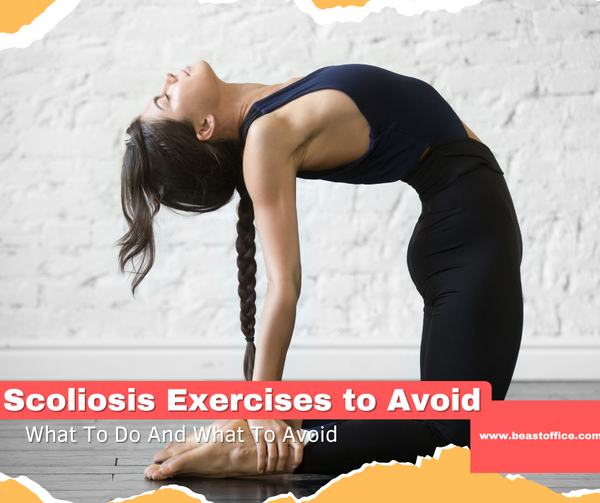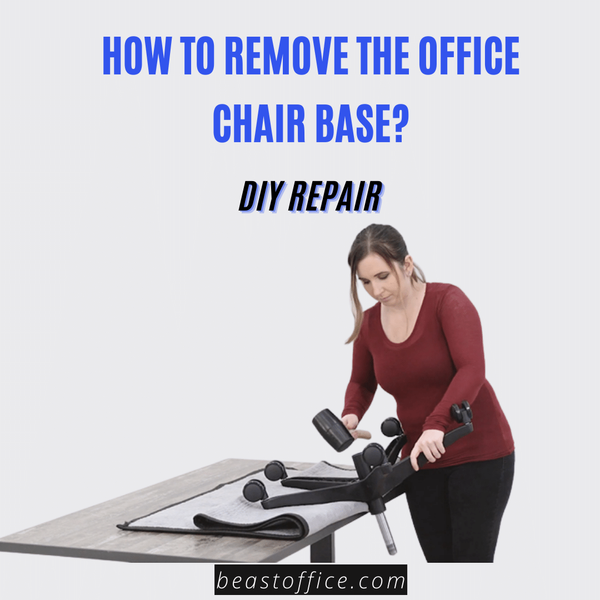Next, ensure that your feet are on the floor and your knees are bent at a 90-degree angle. Your feet should be about two inches apart and not crossed at all times.
Sit Down Slowly And Gently On The Chair
When sitting down on a chair or sofa, make sure that you sit down slowly and gently so that you don't cause yourself any pain or discomfort. If you're using a chair, place both hands on the armrests and push up slightly so you can get up easily when it's time to leave.
Cautions While Using Sofa For Sitting
If using a sofa, place one hand on each armrest and push yourself up slowly until you're standing again. If using a chair, place one hand on each side of the seat and push up until you're standing. If you have balance issues or are unsure how to do this, have someone steady you as you stand.
Sit down slowly with your feet firmly planted on the floor. Make sure you sit straight with your back against the chair's backrest. Don't slump forward or lean too far back in the chair.
Use Good Posture On The Chair
Sit up straight with your shoulders back and relax. Use good posture even when sitting down for long periods. This will help prevent back pain and other musculoskeletal conditions from poor posture over time.
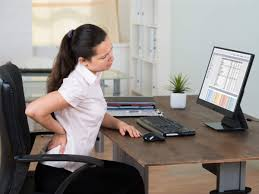
Positioning Your Hip Is Essential While Sitting
The correct height for your hips is slightly higher than the correct height for your knees.
In other words, sitting in a chair that offers support at both ends, your hips should be slightly higher than your knees.
To adjust this position:
- Sit up straight and lift on one foot, if necessary.
- Lift the other leg until it is perpendicular to the floor, if necessary.
Sitting Recommendations - One Foot On The Floor
To keep from slumping forward and causing tension in your neck or back muscles, sit up straight with one foot on the floor about hip-width apart and keep your knees level, not bent.
To adjust this position:
- Keep your knees level and pointed at 90 degrees from your hips.
- The feet should be flat on the floor. Do not let them angle outward or inward too much. If you can see part of your toes, they are not flat enough.
Using A Footrest Under Your Desk
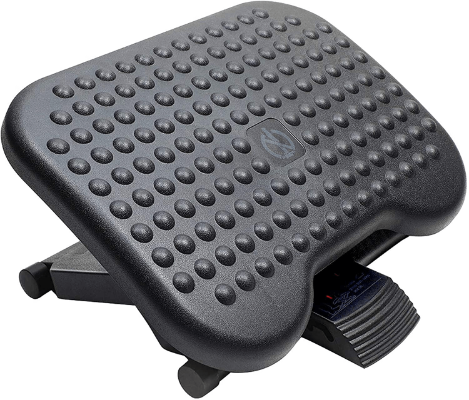
Footrests energize the development of the feet and lower legs when sitting and rotate height between feet while standing.
Consequently, this further develops blood circulation, decreasing the gamble of leg torment and firmness, creating varicose veins or blood clumps.
Keep an object like a stool or footrest under your feet if your feet do not easily reach the floor without tilting your pelvis forward.
It can help relieve pressure on muscles and joints in your back, legs, and pelvis.
Utilizing The Chair’s Edge
Sit near the edge of your chair, but not so close that you can not reach all four legs without tilting forward or backward.
Sit with your back against the chair, and adjust its height so that both you and the chair form a 90-degree angle from head to toe.
Avoid Crossing Your Legs
At the point when you sit, your legs battle gravity to keep the blood streaming as it typically ought to.
However, folding your legs makes it considerably harder for blood to flow to various body regions.
As a result, it can cause vein irritation and possibly put you at a more serious gamble for blood coagulation.
Dear reader, it is advised not to cross or tuck anything under your thighs when you sit down.
Crossing one leg under the other may make it difficult for you to change positions without putting extra strain on your back or tailbone.
Using An Abdominal Binder
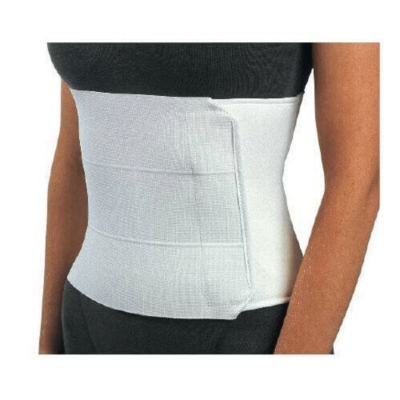
The curve in the lower part of your spine is known as the lumbar curve.
Use a cushion when seated to support the lumber curve.
An abdominal binder, a wide elastic band wrapped around the waist, may help support this curve.
The Correct Knee Angle Is the Best Remedy
Avoid sitting on a pillow or cushion so that your knees are 90 degrees from each other. It is called "knee-chest."
Find an area with enough clearance between yourself and any obstructions around you, like tables.
Sit with the small of your back against the chair, so the chair supports your back.
Adjust your chair’s height so your body's upper and lower half form a 90-degree angle.
What Happens When You Keep A Good Posture?
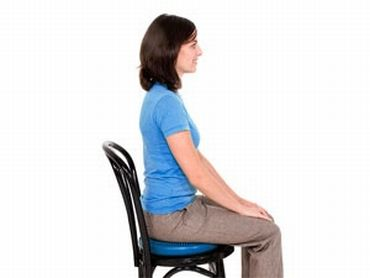
Good posture is imperative for your health, but it is also good for your back.
The proper way to sit in a chair can prevent both neck and back pain.
When you're sitting with good posture:
- Your neck is aligned horizontally along with your shoulders and hips.
- Your spine does not flex or bend forward or backward too much, which would put unnecessary strain on discs.
- Your upper body does not lean forward as much as when leaning back in an office chair, which puts additional stress on discs.
Related Posts
How To Sit With Spondylolisthesis?
Why Do Chair Smell After Sitting?




